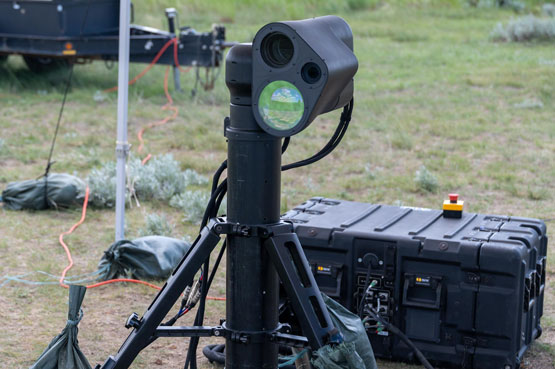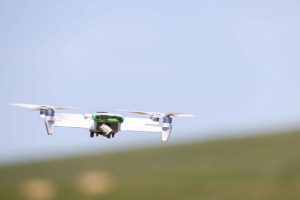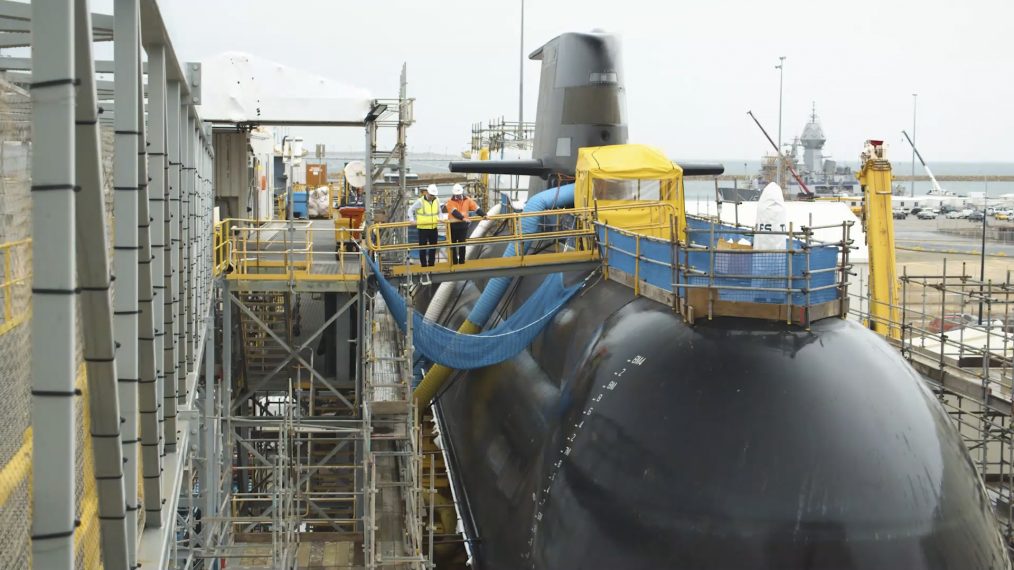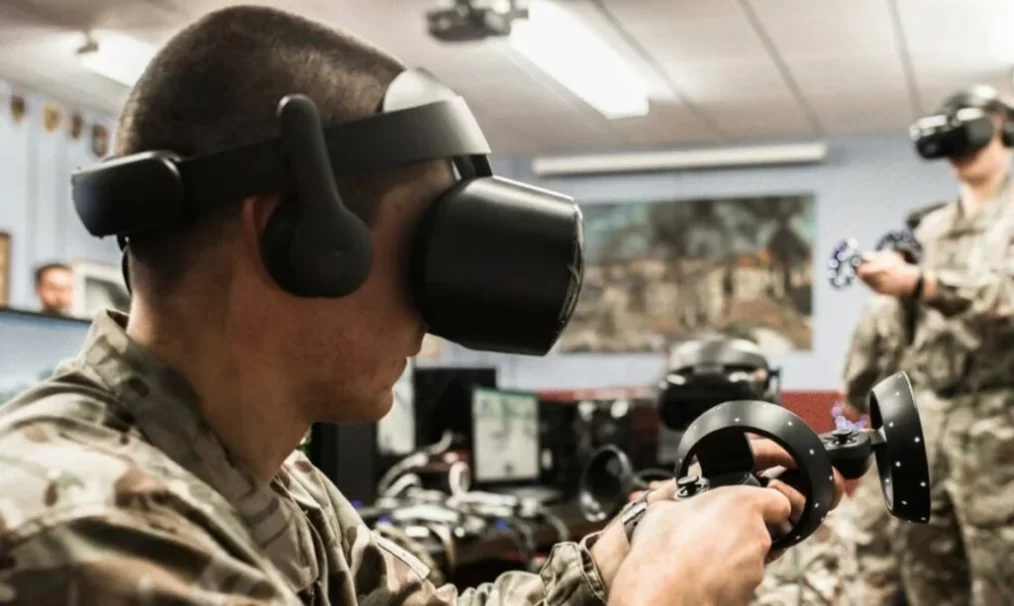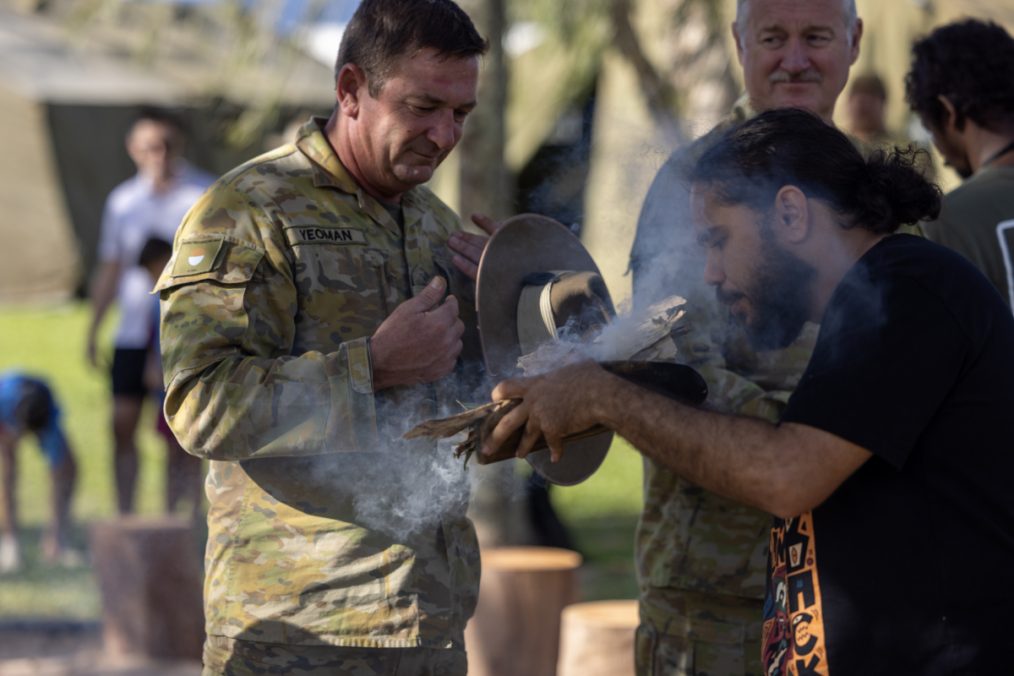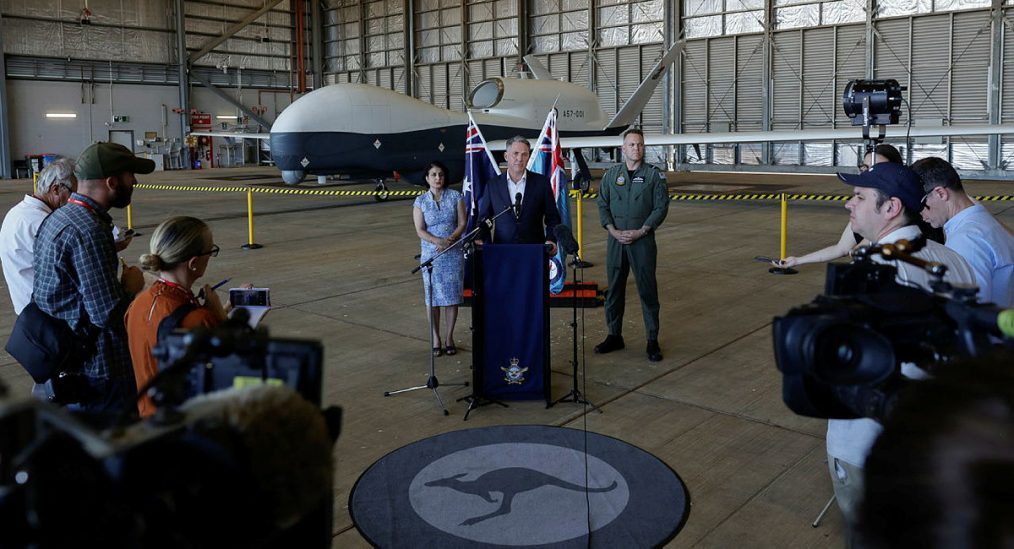Italian boxer Angela Carini withdrew from her Olympic bout against Algeria’s Imane Khelif after 46 seconds and two blows to the head, leaving her with a busted nose. The match drew worldwide attention as Khelif had previously failed gender eligibility tests but was allowed to compete.
The North Paris Arena was packed with media eager to witness the controversial bout. Carini raised her glove to pause the fight due to a dislodged headgear after a powerful hit from Khelif. Moments later, she yelled, “Non e giusto, non e giusto” (“It’s not fair, it’s not fair”), and withdrew from the match.
Carini refused to shake Khelif’s hand and later cited concerns for her health, echoing fears from Australian boxing captain Caitlin Parker about the risks posed by previously disqualified athletes. Carini’s coach, Emanuele Renzini, mentioned that Carini was advised not to fight Khelif due to safety concerns. Carini denied her withdrawal was a protest against Khelif’s inclusion, stating it was unfair that her Olympic dream ended this way.
Khelif, aiming for gold, briefly spoke to the BBC, expressing her readiness to fight anyone. Carini, emotionally overwhelmed, answered media questions for two hours, remembering her father who passed away during the Tokyo Olympics. Despite the emotional turmoil, Carini viewed her participation as a victory in honour of her father.
Next, Khelif will face Hungarian boxer Anna Luca Hamori, who is undeterred by the controversy, while Australian boxer Marissa Williamson criticized the presence of gender-disqualified athletes, likening it to the consequences of having a disability.
Carini explained her decision to stop the fight, citing severe pain and the need for maturity in such situations.



